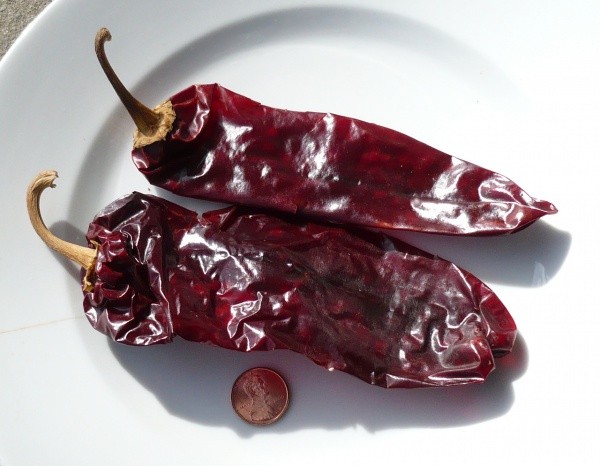Facts About New Mexican cuisine
New Mexican cuisine is a captivating blend that harmoniously merges the flavors of Pueblo Native American, Hispano Spanish, and Mexican culinary traditions. Originating in the vibrant region of Nuevo México, this cuisine has evolved over time, incorporating influences from Apache, Navajo, French, Italian, Mediterranean, Portuguese, and other European culinary traditions. Despite this rich tapestry of influences, New Mexican cuisine has maintained its distinct identity, distinguishing it from other Latin American cuisines found across the United States.
Central to New Mexican cuisine are several key ingredients: the iconic red and green New Mexico chile peppers, anise, and piñon nuts. These elements come together in dishes that are both flavorful and unique, such as sopapillas, breakfast burritos, carne adovada, green chile stew, posolé, and calabacitas. The New Mexico chile is particularly noteworthy, benefiting from the state’s unique climate to develop its distinctive flavor and varying heat levels.
The origins of New Mexican cuisine date back to the early days when Spanish settlers blended their culinary traditions with indigenous ingredients like corn, chile, and beans. Over the years, the cuisine has further evolved by incorporating elements from various cultural groups that settled in the region. These include Spanish noblemen, Mexican revolutionaries, African Americans, Native Americans, and more recently, Asian and Indochinese immigrants.
Among the most cherished traditional dishes are arroz dulce, atole, biscochitos, carne adovada, chile con queso, chiles rellenos, posolé, and sopaipillas. A unique tradition in New Mexican cuisine is the "Christmas" style of serving both red and green chile together, creating a festive and flavorful combination.

 Canada
Canada